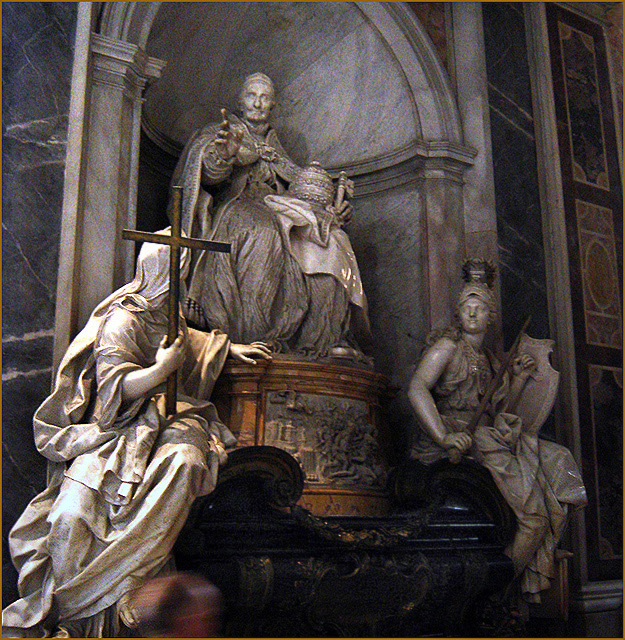The pontificate of Innocent XI was marked by a continuous struggle against the despotic tendencies of King Louis XIV of France, who wanted to usurp the Church's authority and infringe on its freedom from coercion from the civil authorities, and who wanted to maintain a schismatic attitude of the French Church from Rome, known as the "Gallican liberties".
Innocent XI issued the papal bull Sanctissimus Dominus in 1679 to condemn 65 propositions that favored a liberal approach to doctrine which included two that related to abortion. He first condemned proposition 34 (“It is lawful to procure abortion before ensoulment of the fetus lest a girl, detected as pregnant, be killed or defamed.”) and countered that it was unlawful to procure abortion. He also condemned proposition 35 (“It seems probable that the fetus (as long as it is in the uterus) lacks a rational soul and begins first to have one when it is born; and consequently it must be said that no abortion is a homicide.”) and stated that the fetus does indeed contain a soul and that to abort was murder. The denunciation of these propositions clarified the Church’s doctrine regarding abortion as homicide, and distanced the Church from claims that the value of the fetus depended on the moment at which it became ensouled.
Blessed Innocent XI, already well known for his works of piety and succor to the poor and needy, introduced a more frugal form of government into the Papal States, turning a deficit in the papal expenditures into a surplus. He encouraged an increase in piety and discipline among clergy and faithful (and modesty among the Roman ladies), removed the gambling houses from Rome, and by a decree of 12 February 1679 may possibly have been the first pontiff to recommend frequent and even daily communion among the faithful.
When his body was exhumed for beatification, it was discovered that it had remained preserved, though 267 years had passed since his death. Innocent XI was subsequently considered by many to be incorrupt, and his body was placed in a glass and bronze-work sarcophagus with his face and hands covered in silver.
For a more detailed biography of Pope Blessed Innocent XI, see the article from the Catholic Encyclopedia and the Wikipedia article.
Finally, enjoy the following video with some beautiful scenes from the beatification of Innocent XI by Pope Pius XII on October 7, 1956. You can see the pope coming into the basilica of St Peter's in the "seda gestatoria" and afterwards praying in front of the body of the Blessed and celebrating mass starting around the 1:26 mark.
 |
| Benedetto Odescalchi, Blessed Pope Innocent XI |
 |
| The body of Blessed Innocent XI in its former location in the chapel of St Sebastian in St Peter's basilica. |
 |
| Monument to Blessed Innocent XI, St Peter's Basilica |

No comments:
Post a Comment